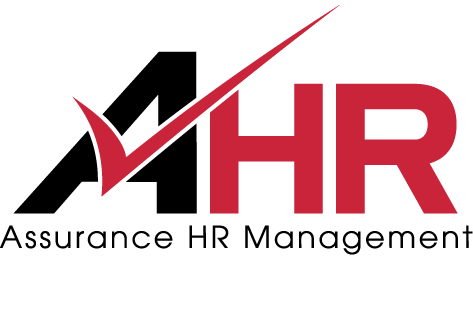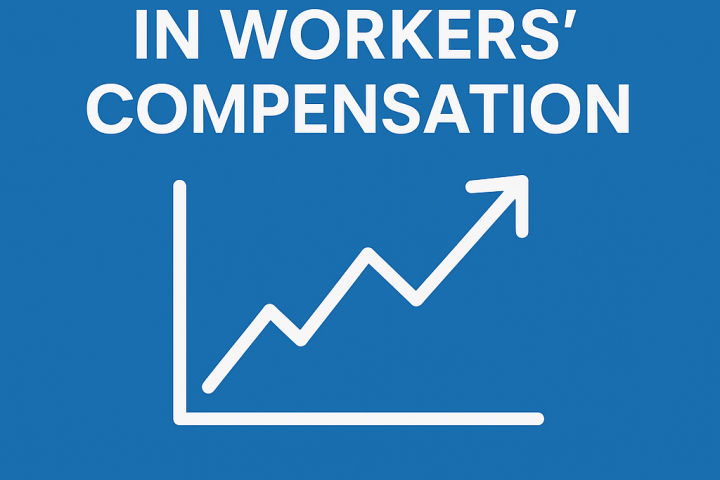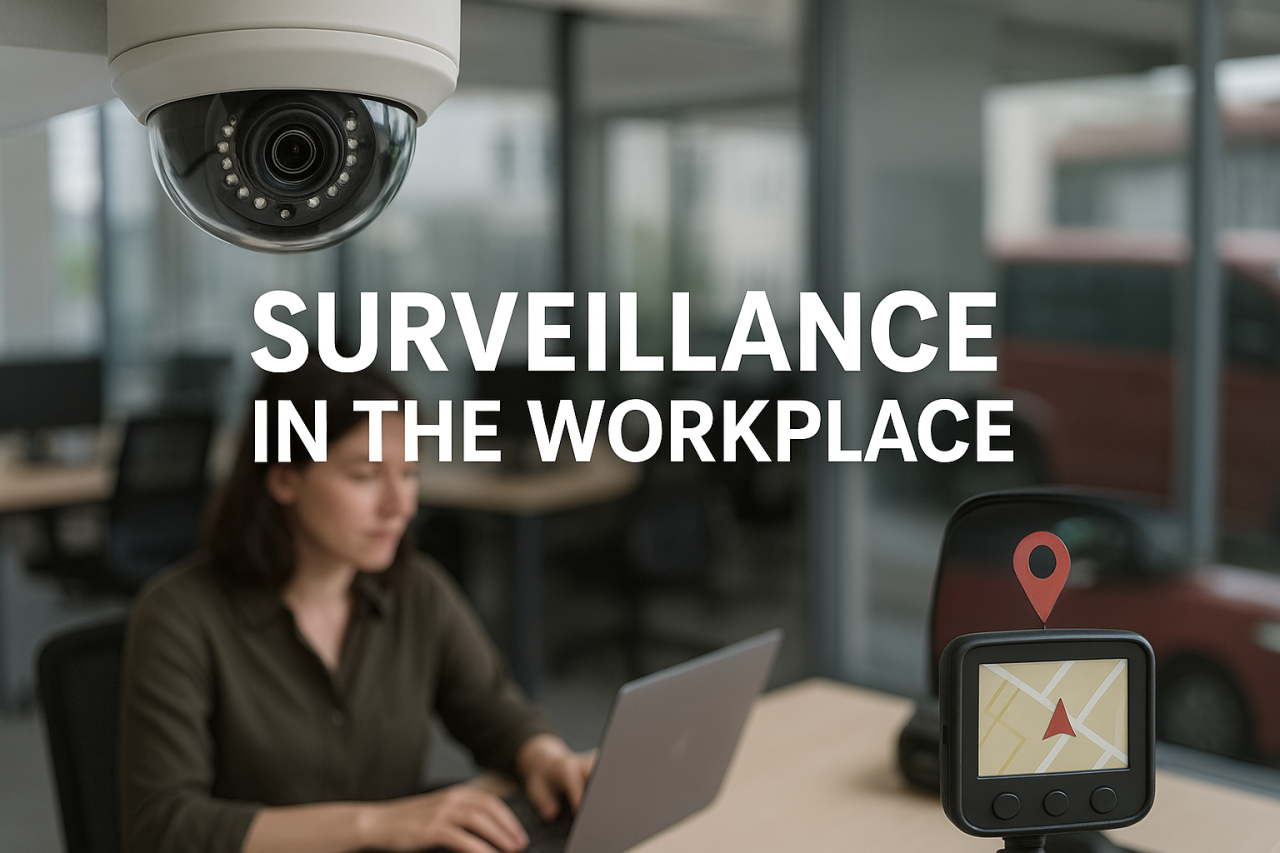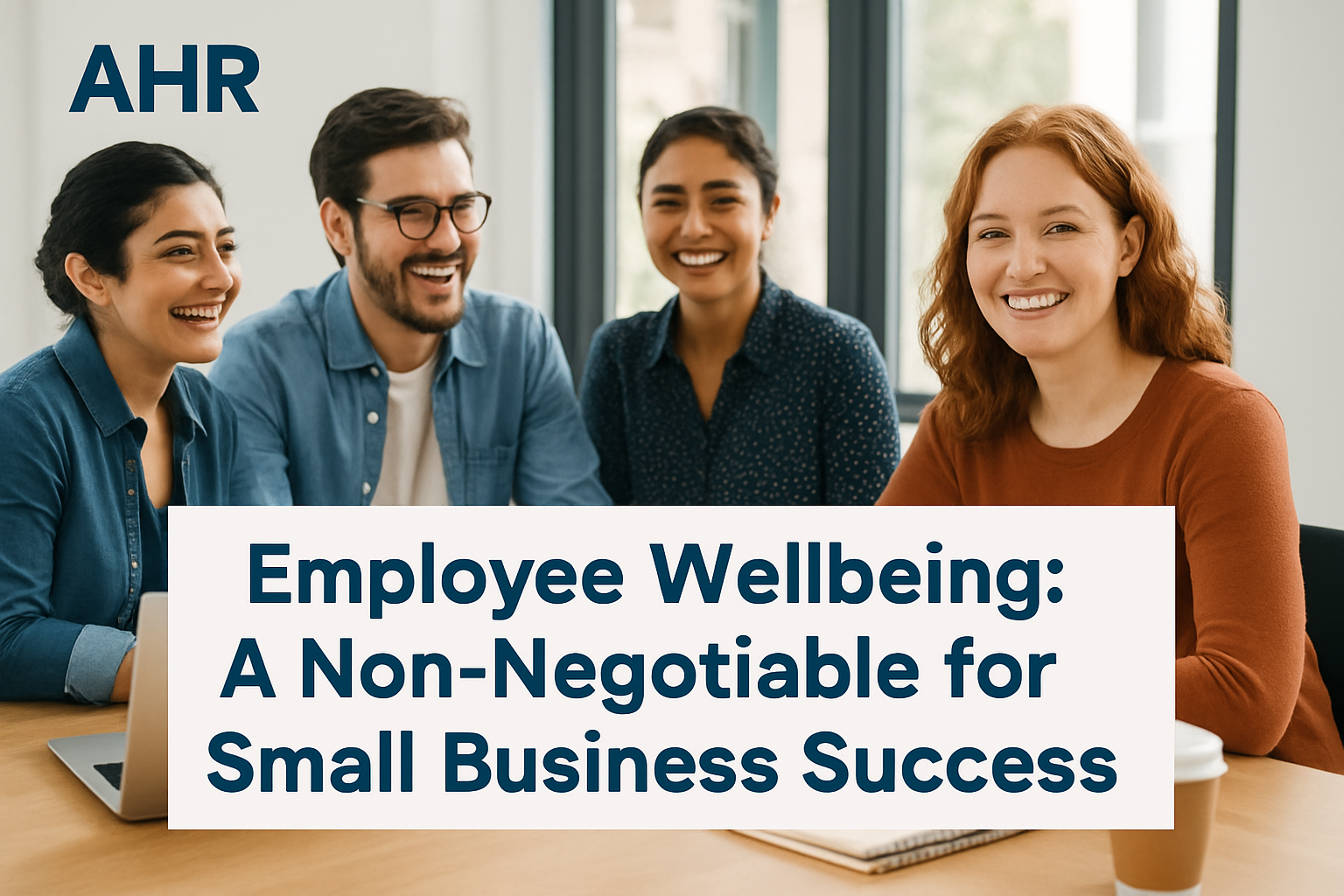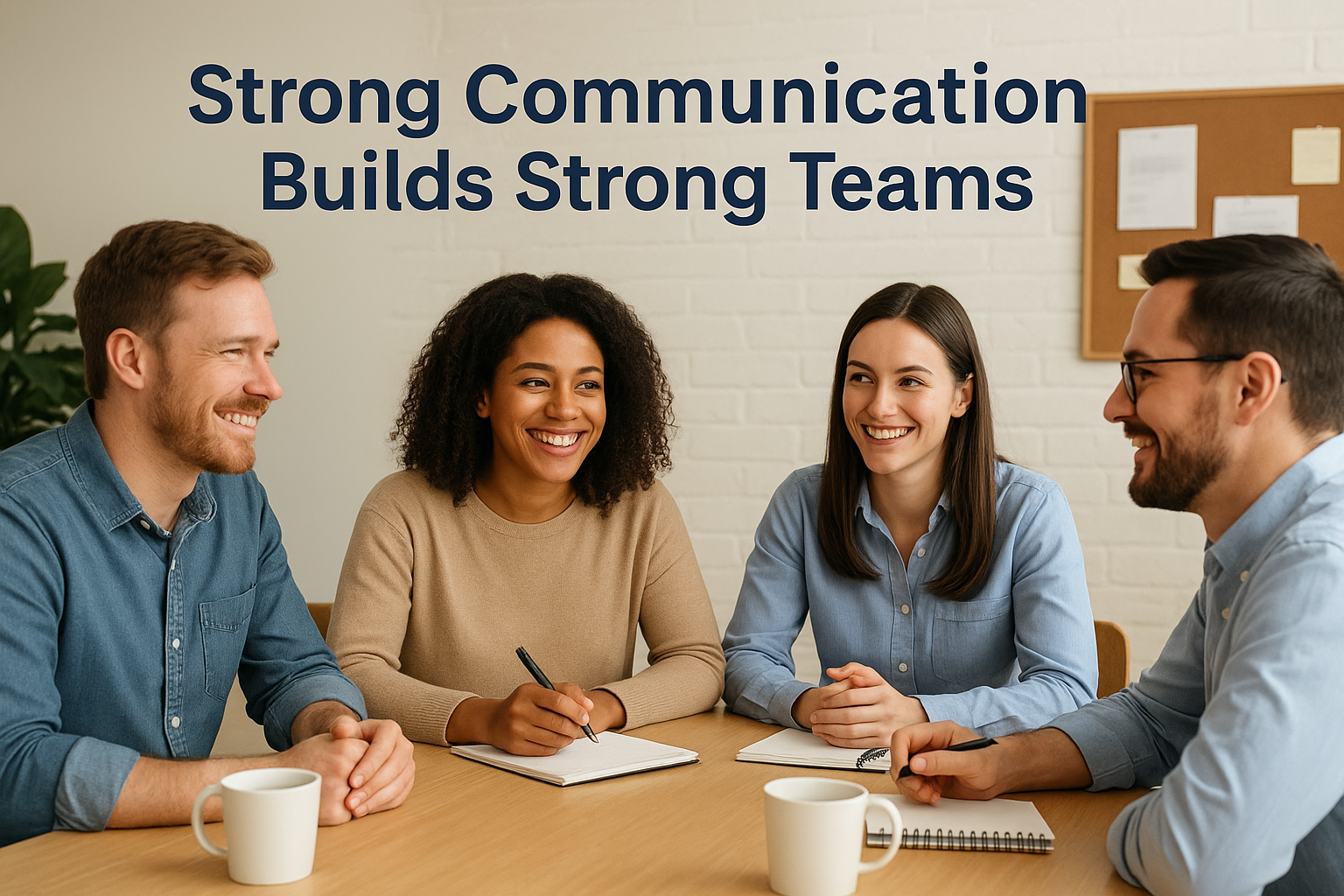The Recruitment Series – Week 3
We at AHR take recruitment seriously. Over the past few weeks, we’ve been discussing different aspects of recruiting through a series of posts. We continue this week with a few points about why using best practice during the interview process is so important.

In this time-poor world, it is essential that interviews are conducted in a thorough manner to prevent a potential incorrect hire.
In past weeks, you’ll have read about best practices in identifying what your company requires in a new hire. Now, we’ve advertised and from that, whittled down the applicants to our best options. Now it’s time to meet them.
It’s vital when interviewing that we aren’t using the meeting only to evaluate how a person presents and interviews. A fantastic interview and great personal presentation skills are important, yes, but there are other factors that should be considered when meeting your candidates.
We’d like you to consider the following phrases when moving into the interview stage:
Appears to… Can do… Will do…
Using these phrases will help you build a framework to help identify your ideal candidate in a more efficient manner than a casual chat over a coffee would. Let’s discuss.
Appears To
This is something that you will likely already have a decent grip of regarding your interviewee. You have seen their resume and probably had a brief phone conversation which gives some subtle insights into how they present.
However, looking good on paper and in person are not the be all and end all of a person. The interview is an opportunity to look beyond the presentation skills of a candidate. Many interviewers have fallen into the trap of only evaluating these.
Numerous applicants could interview well, but is ‘talking the talk’ one of the essential skills you require for your role? Whilst we can appreciate a person’s sense of confidence when meeting potential employers, will that transfer into your work environment and culture to get the job done?
Can Do
‘Can Do’ is where we determine whether an applicant has the applied knowledge that we are require. Using the job analysis that we conducted, a series of standardized and experience-focused questions should be deployed as part of an interview. Using these questions as a base point for the conversation, you can assess an applicant’s real knowledge and experience as well as their level of interest and motivation in and for the role.
Observing how a candidate thinks about and responds to your questions could lead to insights about them that were not visible on paper.
Depending on the role you are hiring for, it may also be pertinent to include a skill testing portion within the interview. Alternatively, this is also something that could be utilised for a second round of interviews, depending on your situation.
Will Do
Perhaps the most important level of assessing candidates is the “Will Do”. This factor is the one that ascertains whether your applicants’ inclinations and mentalities match with your companies’. Whether their maturity and aptitudes are what you require in the day-to-day running of your organization.
The ‘Will Do’ factors are harder to assess in an interview but skipping them could lead to a less-than-ideal hire.
Keeping in mind the above, an effective interview requires structure. If you have more than one candidate (as we would hope) it is imperative to frame everything in the same way for each candidate to allow for an equitable experience.
Building an Equitable Interview Experience
The following points will assist you maintain a fair and reasonable interview across the board:
- Standardise your interviews – Keeping the process consistent across all candidates allows you to compare responses more swiftly. This is as simple as asking the same questions and monitoring the progress of the interview, ensuring that we stick to the plan and time allocated.
- Have more than one interviewer – This allows each interviewer to focus on a separate part of the interview, garnering data specific to their part of the process. Having more input from an interviewing team also reduces the chance of any bias (conscious or unconscious) slipping in.
- Ask relevant questions – By designing your questions around your identified selection criteria (skills, abilities, behaviours and values) you can extract more information relevant for you and the role you are filling.
Is recruiting for your next employee something that you would like assistance with? We at AHR are uniquely positioned to be able to assist you with your next, best hire.
We offer three levels of package, so whether you prefer to be provided with helpful templates and explanations on how to best run the process yourself (we support you doing it), whether you prefer an experienced AHR professional to be there with you through the whole process (we do it with you) or whether you want to take your own time back and have us complete the process ourselves (we do it for you), there is a package that will suit any need.
Call us now on 1800 577 515, or get in touch via our website (where you can send a query or book a free consult with the “book” button). One of our professional staff will be more than happy to talk to you to see what we can do to take the pain out of your next recruitment drive.
We’ll see you next week when we return to discuss how to use best practices in your selection process so you can find the right fit for you and your company.
*The information provided in this blog was accurate at the time of writing and is intended as general advice. For specific advice, please call AHR on 1800 577 515*
